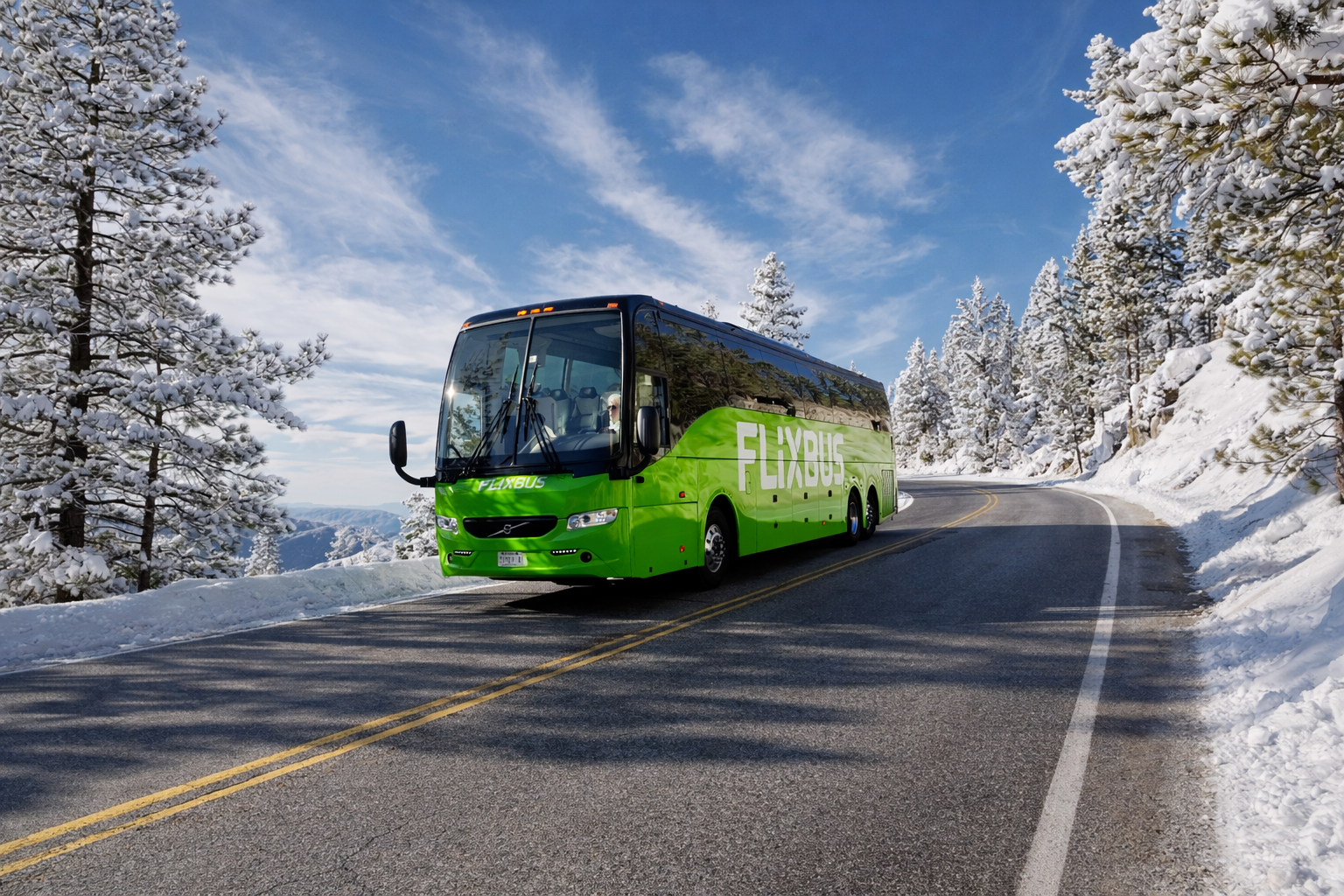One would not normally describe Montgomery County, Maryland as a place with retrograde views on land-use and planning issues.
 Maryland's I-270, at peak congestion. (Photo: MDOT)
Maryland's I-270, at peak congestion. (Photo: MDOT)The county adopted a Transferable Development Rights program 30 years ago to protect copious acres of rural land from the relentless growth pressures of the Washington metro area. It has turned the land around many of its stations on the Washington Metro system into walkable, transit-oriented neighborhoods.
And the county will soon build a new light-rail system connecting several of its larger population centers, including Bethesda and Silver Spring.
And yet Montgomery has occasionally pursued incredibly damaging and outdated projects to try and accommodate new growth and relieve congestion.
The region is no stranger to low-density, freeway oriented growth. Single-family neighborhoods sprout off of I-270, forming massive collections of suburbs that are home to most of the county's 950,000 people.
Rapid suburban growth has choked the interstate, and while Montgomery has responded in part by pushing transit-oriented development, it has not shied away from planning for more pavement.
It has repeatedly widened I-270 as it extends northwest from the Capital Beltway to Rockville, some 15 miles from downtown Washington. The road is now twelve lanes wide in places and still chronically congested.
Development of the inner portion of the county has nearly run its course; most new projects there are infill. But to the northwest, beyond Rockville, growth has leapt forward toward Gaithersburg and Germantown, and then over preserved farmland into and around Frederick, some 40 miles from both Washington and Baltimore.
Thousands of new residents have poured into subdivisions there, pushing the crush of congestion ever northward and threatening to make travel on the south end of the freeway all but impossible on weekdays. Given the county's wealth, jobs base, and quality government services, growth isn't about to end. Something must be done.
And here is what the Montomery County Planning Board has proposed -- widening I-270 from Rockville to north of Germantown to between 12 or 14 lanes, four of which would be tolled, and widening the interstate further north to accommodate two new toll lanes.
No transit, just new pavement. Total cost: around $4 billion.
The move has sparked outrage around the state. The Baltimore Sun recently railed against the proposal, and skepticism in Annapolis means that the expansion faces an uphill battle to passage.Thankfully.
But it's worth reflecting on what this says about the state of planning, even in relatively progressive communities.
Transport planning and land use are connected
Unfortunately, however, many citizens and planning officials still fail to consider that connection.
Expansion of transit to the north and west would generate new development and population growth, but it would focus that growth around transit nodes. Placing stations in central places would reinforce those areas, encouraging infill and density.
New pavement, by contrast, means that no particular location is advantaged by new transportation capacity; one suburban spot ten miles from the freeway is as good as another. Developers take the hint and build automobile-oriented subdivisions, new residents move in, and in no time the new lane capacity is completely full.
The county has pushed for tolled lanes to help pay for lanes and slow the growth of congestion, but this is small consolation. Congestion could be relieved by tolling existing lanes and using the revenue to provide affordable, quality transit access.
Transit as an afterthought -- at best
For the price of the highway expansion, the county could build new Metro stations, a light-rail line, and an extension of Maryland's commuter rail system, all to serve the areas in question. But this was never even considered.
What was considered and what may replace the interestate expansion is the construction of a small transitway.
Two options are on the table: light rail and a rapid busway. The former is estimated to cost under $800 million, and the latter is priced at $450 million. At the moment, leaders appear to be looking more favorably on the bus option.
And that brings us to the third lesson, in how leaders view spending on highways.
Roads never have to prove themselves
A $4 billion road project seemingly needn't justify itself, but when deciding between rival transit options, thrift reigns. And this, despite the fact that development around Montgomery County's heavy rail stations has brought in tens of thousands of new residents and billions of dollars in investment.
It is simply very, very difficult to overturn the old way of doing things. This county has experimented extensively with highway expansion and transit-oriented growth, and it has seen the results, and yet it reflexively turns toward new lanes as an answer to congestion.
In part, this is due to the signal that Washington has sent for decades -- build highways. Developers know how to work around them and the feds will give you plenty of money. Until that is no longer the default position, the burden will be on smart growth advocates to explain, in each case, why what's proposed won't work.





